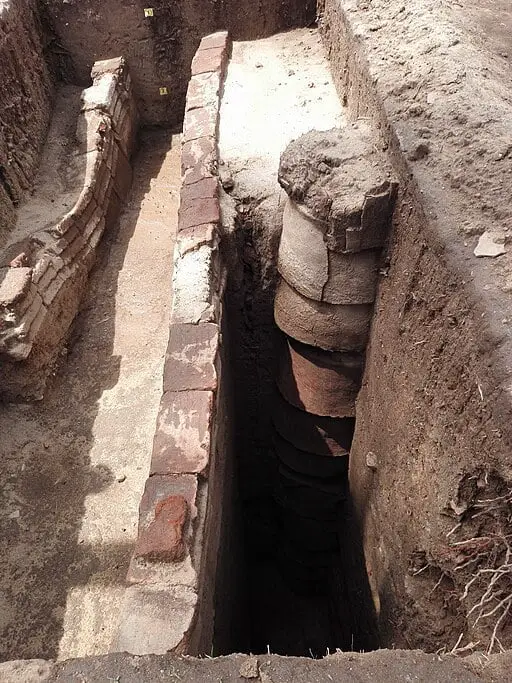Keeladi Excavations
India is known for its rich cultural heritage and ancient civilization. Keeladi, a small village in Tamil Nadu, has become the talk of the town for its recent archaeological excavations. The discovery of the Keeladi site has revolutionized the perception of Indian archaeology. It has offered a glimpse into the lives of the ancient Tamil people who lived around 3,000 years ago. In this article, we delve into the significance of Keeladi excavations and how it is redefining India’s past.
Keeladi Excavations: Uncovering Ancient Indian Civilization
The Keeladi excavations have brought to light the remains of a sophisticated civilization that existed in Tamil Nadu nearly 3,000 years ago. The site has revealed that the ancient Tamil people had a well-organized and advanced society. The excavations have unearthed a large number of pottery, beads, ornaments, and other artifacts that provide insights into people’s daily lives.
One of the most significant discoveries at the Keeladi site is the complex drainage system, which indicates that the ancient Tamil people were aware of hygiene and sanitation. The site also revealed evidence of an advanced irrigation system, which suggests that the people had a good understanding of agriculture.
The excavations have also uncovered a large number of terracotta figurines, including those of humans, animals, and deities. These figurines offer insights into the art and religion of the ancient Tamil people. The Keeladi site is also unique in the sense that it has revealed a large number of seals that carry inscriptions in Tamil Brahmi script.
The Keeladi excavations have redefined the perception of ancient Indian civilization. It has shown that the ancient Tamil people were not primitive, as previously thought, but had a sophisticated society with well-organized systems in place. The site has also revealed that the ancient Tamil people had a unique culture and language, which adds to the richness of India’s cultural heritage.
The Significance of Keeladi Excavations in Indian Archaeology
The Keeladi excavations have significant implications for Indian archaeology. The site has provided a unique opportunity to study the ancient Tamil civilization, which has been largely ignored in the past. The discovery of the Keeladi site has challenged the conventional perception of Indian civilization as being centered around the Indus Valley Civilization.
The Keeladi excavations have also highlighted the need for more investment in Indian archaeology. The Indian government has been criticized for neglecting the field of archaeology, which has resulted in a lack of resources and infrastructure. The Keeladi site has shown that there is a vast potential for archaeological discoveries in India, and more investment is needed to uncover the country’s rich cultural heritage.
The Keeladi excavations have also opened up new avenues for research in Indian archaeology. The site has revealed a large number of inscriptions in Tamil Brahmi script, which could shed light on the ancient Tamil language and culture. The discovery of the complex drainage system and irrigation system could also provide valuable insights into ancient Indian engineering and technology.
A Bronze Age civilization existed in northwestern India and eastern Pakistan between 5,000 and 1,500 BCE called the Indus Valley civilization.
It is believed that urban civilization mysteriously collapsed in 1,500 BCE due to climate change and migration. Recent evidence suggests that the civilization may have moved south. Studies conducted on sites in Tamil Nadu over the past few years indicate that an urban, Bronze Age civilization might have existed in India’s southern region. This is evidenced by excavations and studies of the Indus Valley script and Tamil-Brahmi script, the precursor to contemporary Tamil. Moreover, the findings suggest that the remaining Indus civilization members migrated south after the collapse.
In conclusion, the Keeladi excavations have redefined the perception of ancient Indian civilization and highlighted the need for more investment in Indian archaeology. The site has provided a unique opportunity to study the ancient Tamil civilization, which has been largely ignored in the past. The discovery of the Keeladi site has added to the richness of India’s cultural heritage and opened up new avenues for research in Indian archaeology.
Image credit
Paramatamil, CC BY-SA 4.0, via Wikimedia Commons

